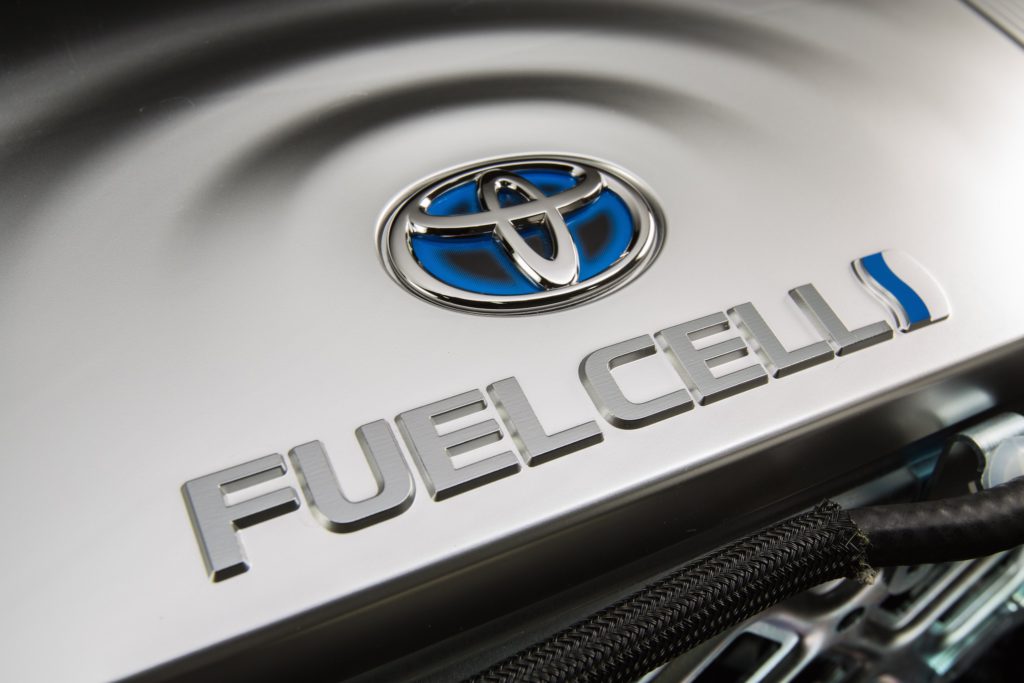Toyota to expand Japanese plants in preparation for hydrogen mass production
20 June 2018

20 June 2018
Toyota is to build a new unit at its Honsha plant in Japan to accommodate the mass production of hydrogen fuel cell stacks.
The company’s Shimoyama factory will also gain a new line to manufacture high-pressure hydrogen tanks as the company looks to build on the technology already introduced in its Mirai model. The fuel cell stack is the component in an FCEV which generates electricity from a reaction between hydrogen and oxygen, powering the car with zero harmful exhaust emissions.
The ability to mass-produce these components at scale is a critical part of reducing system costs, therefore helping to make fuel cell electric vehicles (FCEVs) widely available, according to a statement released by the carmaker.
To increase fuel cell stack output, Toyota will move production within its Honsha plant to a new eight-floor, high-tech facility, close to the site of the company’s original car factory, which opened in 1938.
Production of high-pressure hydrogen tanks will be handled by a new, dedicated line to be added to the nearby Shimoyama plant. Previously, tanks were assembled at Honsha on a smaller scale. They are made of extra-thick carbon fibre and are built to withstand major impacts.
Construction is underway at Shimoyama, and the exterior of the new building at Honsha has been completed, ready for the interior to be fitted out. Further details will be announced later, ahead of operations starting around 2020.
Alternative fuel
Fuel cells are now a mature technology and ready for wider distribution. Toyota took the market lead in introducing a mass-produced fuel cell saloon, Mirai, in December 2014 and since then annual production and sales have increased each year, from around 700 vehicles in 2015 to about 2,000 in 2016 and approximately 3,000 in 2017.
To encourage the more widespread use of hydrogen-powered, zero emission vehicles, they need to be made more popular and widely available by the 2020s. Toyota aims to sell 30,000 FCEVs annually from around that time.
At present, the Mirai is sold in 11 countries: Japan, the USA and nine countries in Europe, including the UK. To help develop an environment that will allow FCEVs to be sold in more markets in the future, demonstration tests of Mirai are underway in Australia, Canada and the United Arab Emirates (UAE). Toyota is examining the demand for FCEVs while continuing to help with initiatives to promote hydrogen infrastructure development.
In Japan, Toyota aims to reach sales of at least 1,000 FCEVs per month and more than 10,000 annually from around 2020. Sales regions in the country will be expanded from the current four major metropolitan areas to make the car accessible to more customers.
In the future, Toyota will expand its FCEV product range and continue to strengthen product appeal, aiming to bring vehicle costs down. It will also keep working with the Toyota Group and other companies to develop a hydrogen supply infrastructure and build a low-carbon hydrogen supply chain. Through these and other initiatives, the company is playing an active part in bringing about a hydrogen-based society.